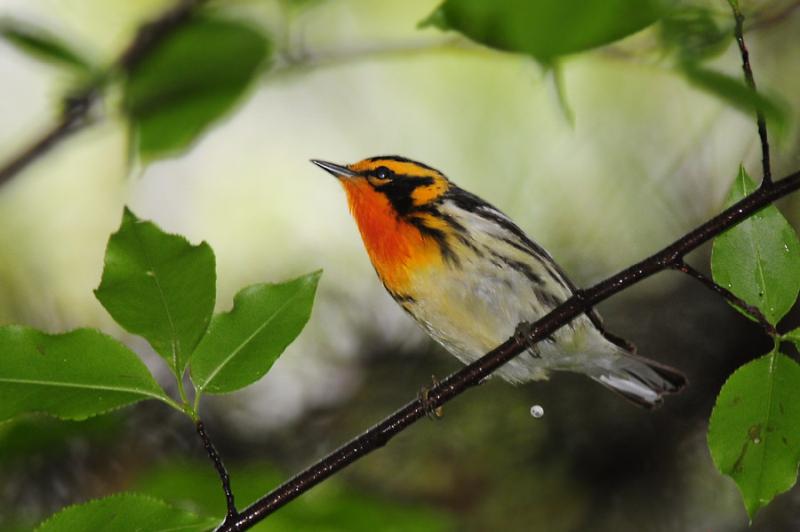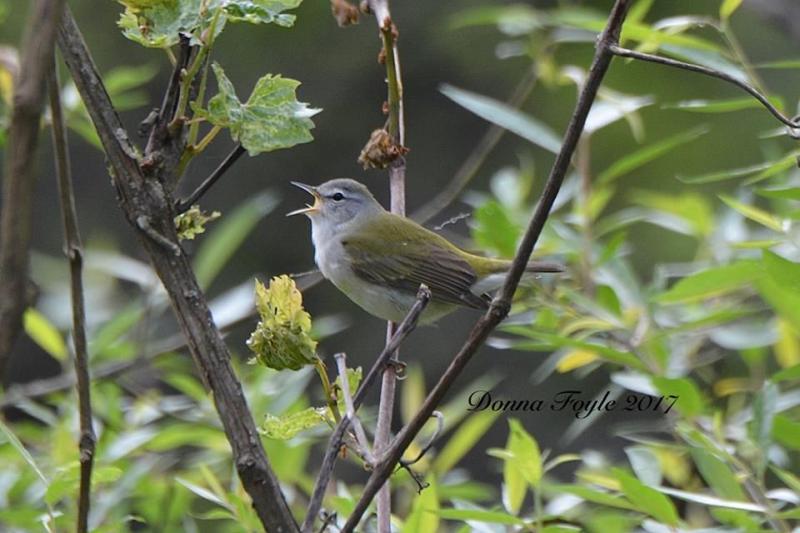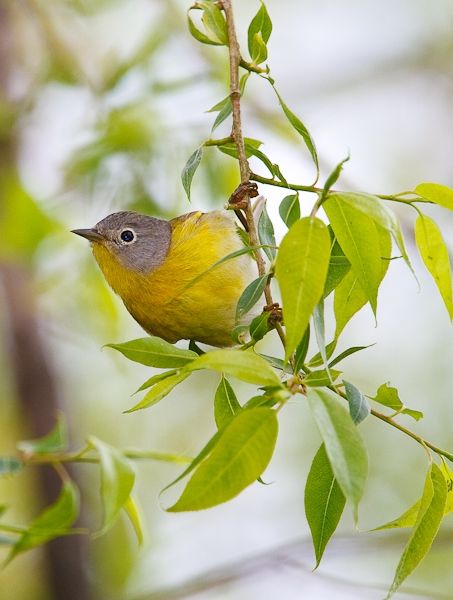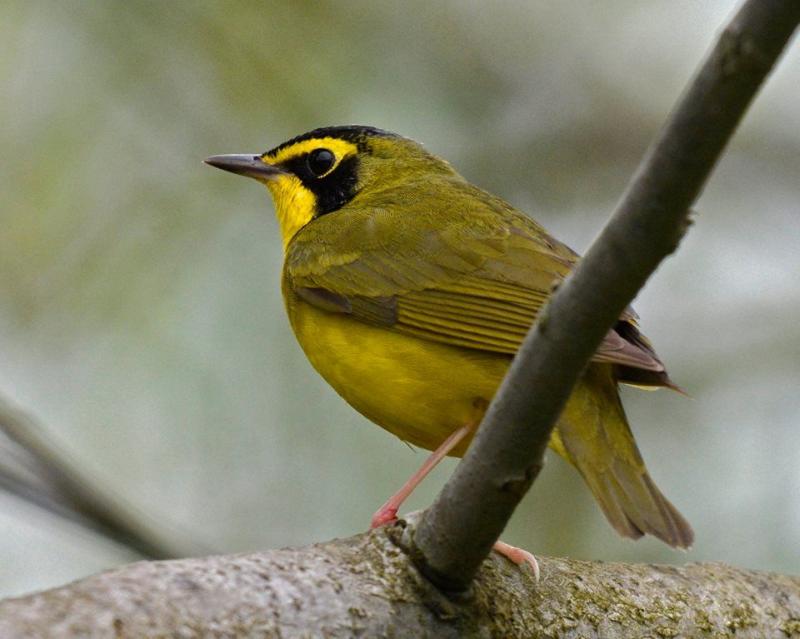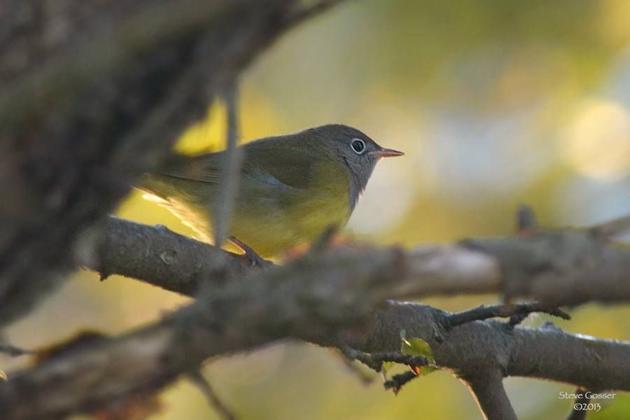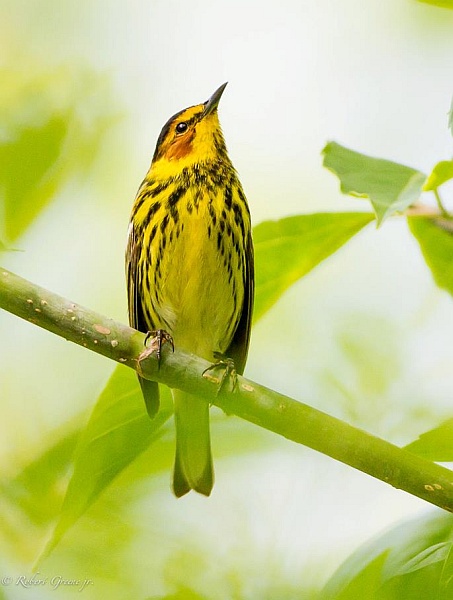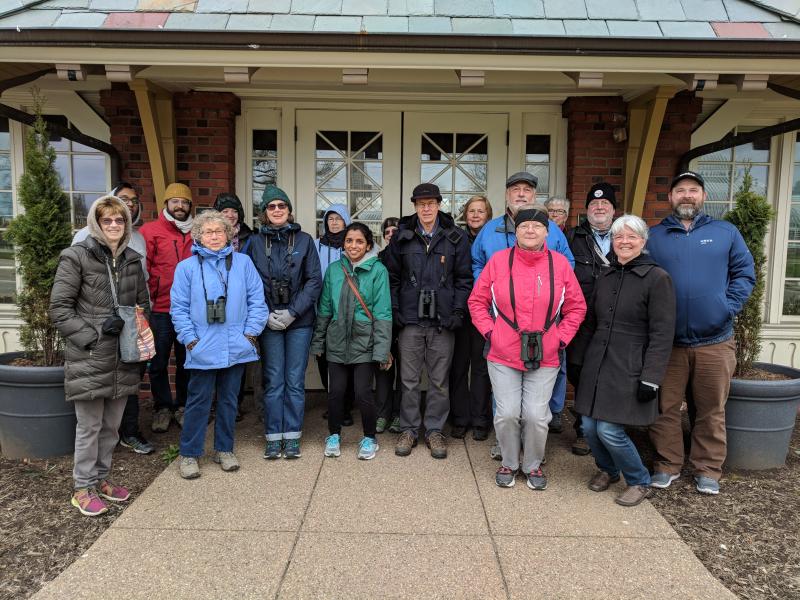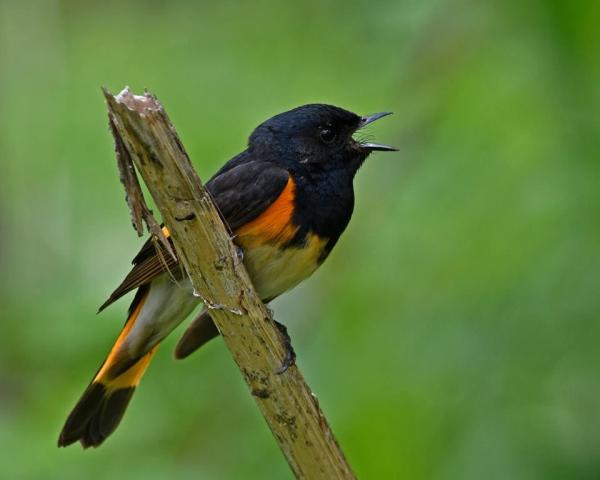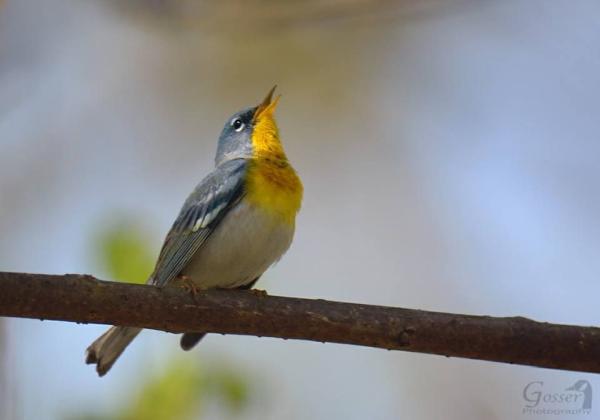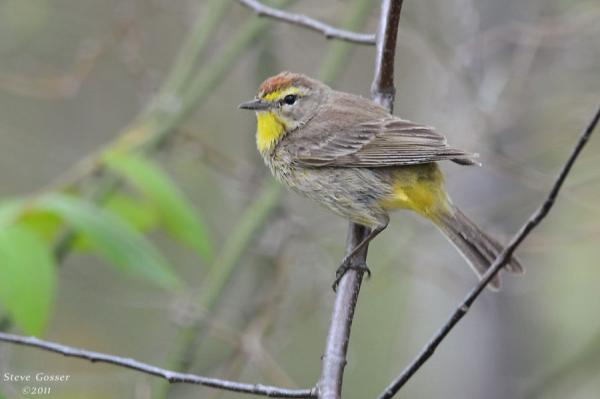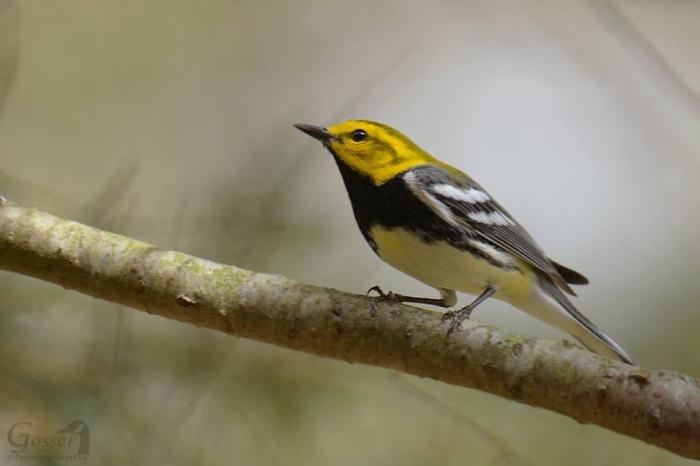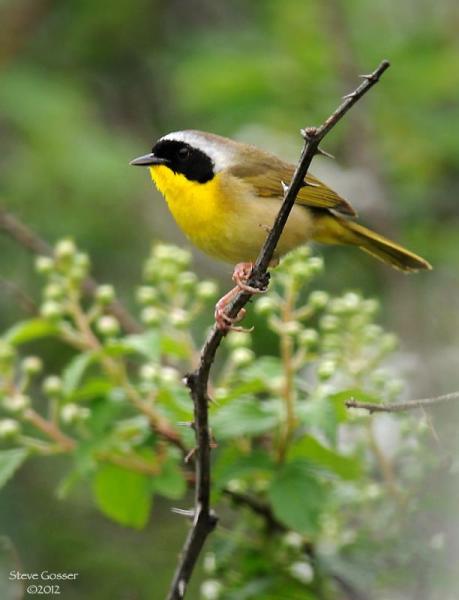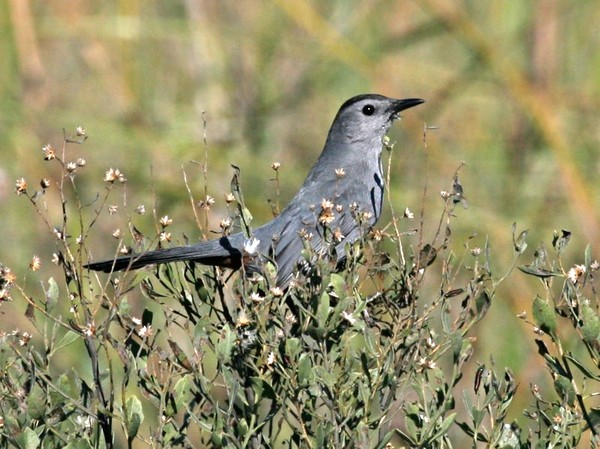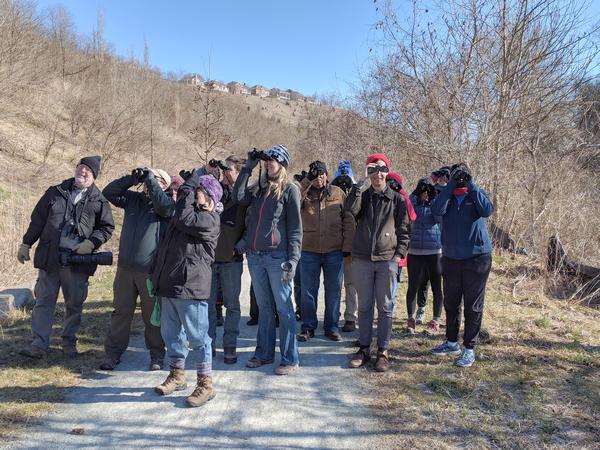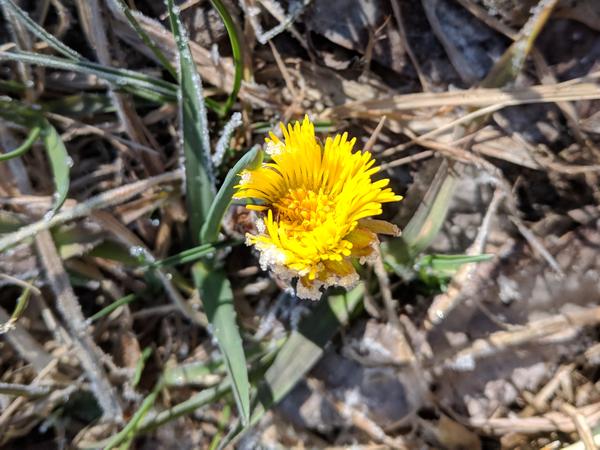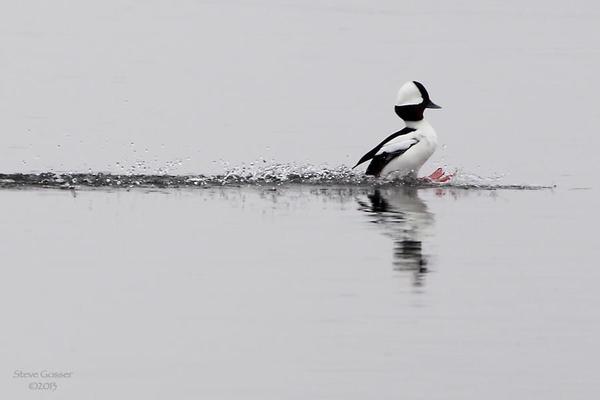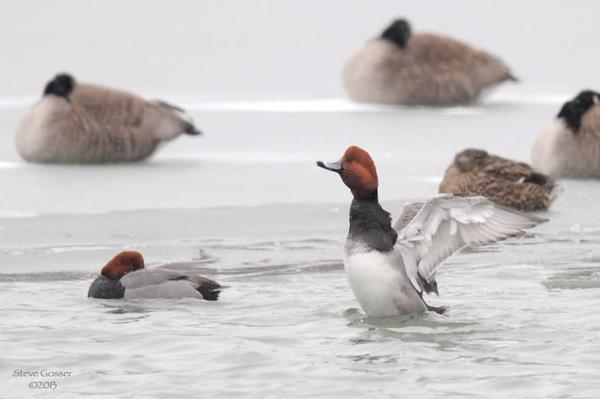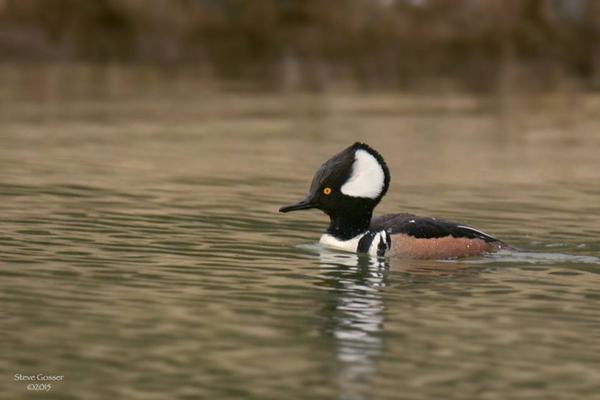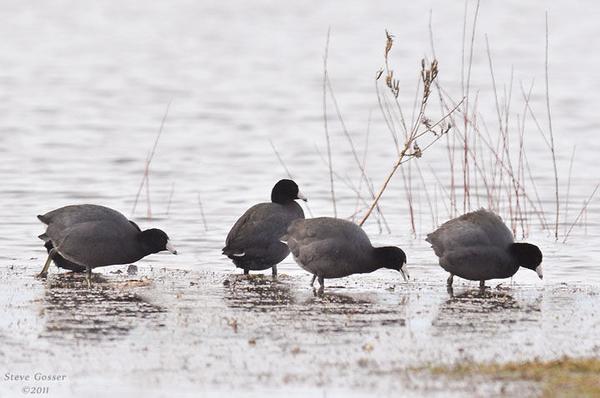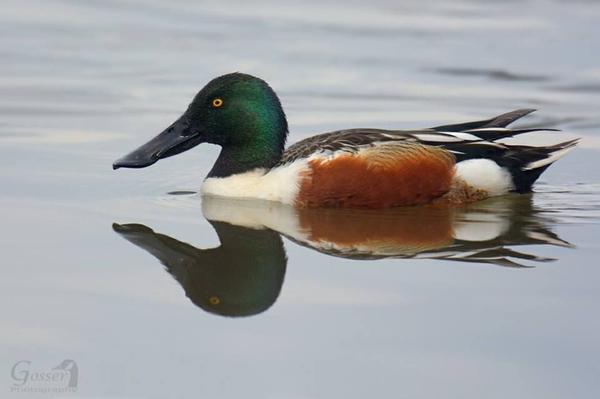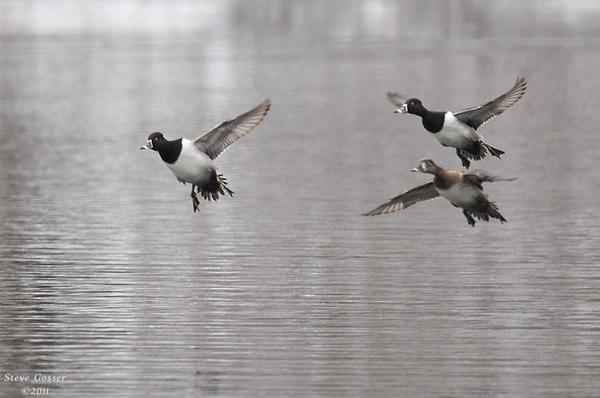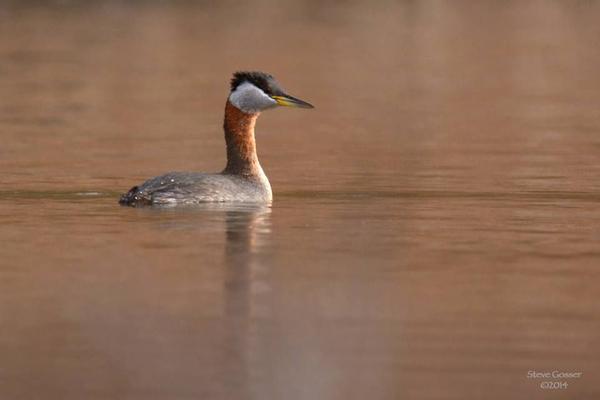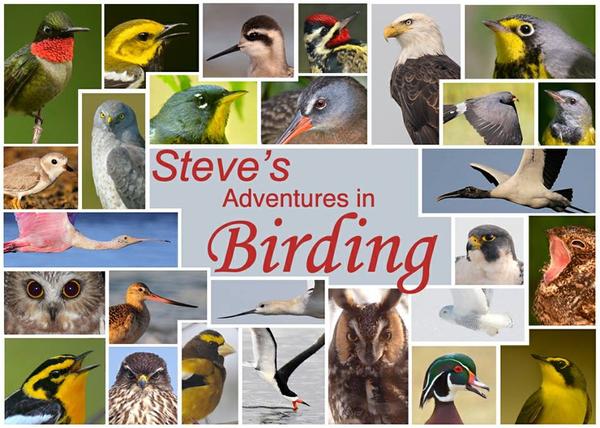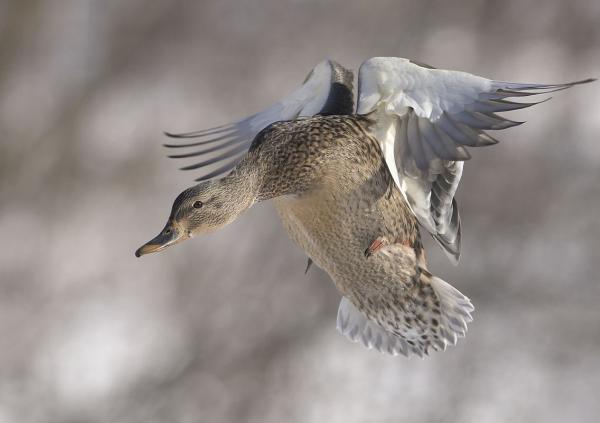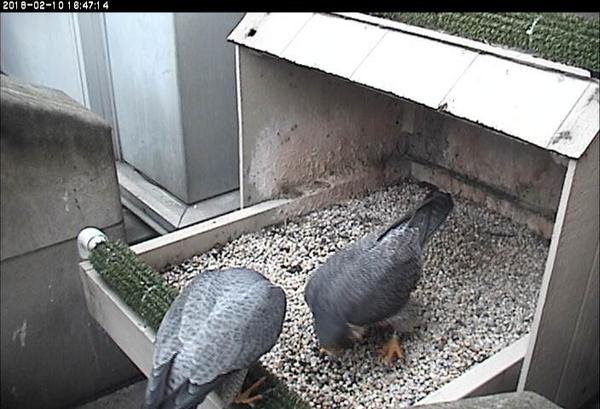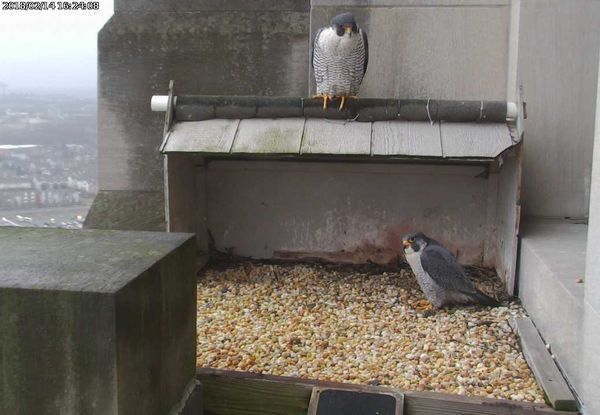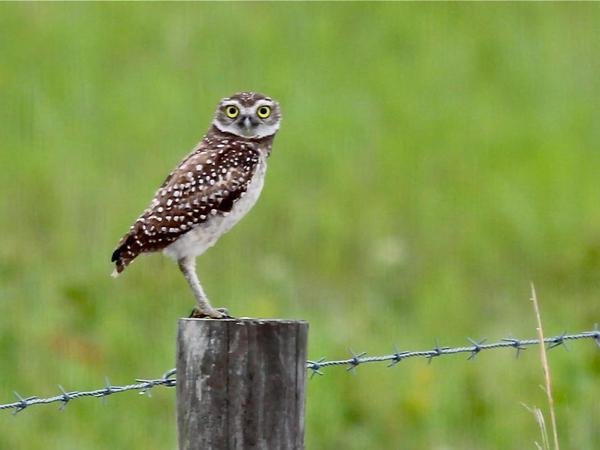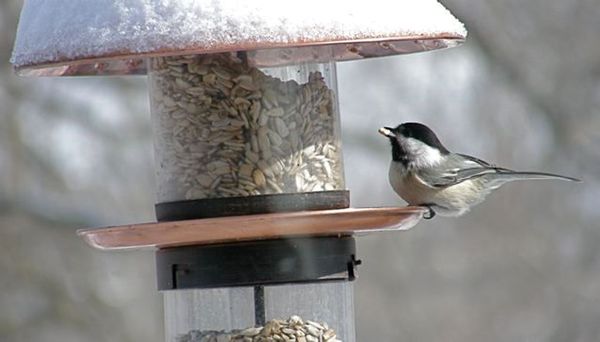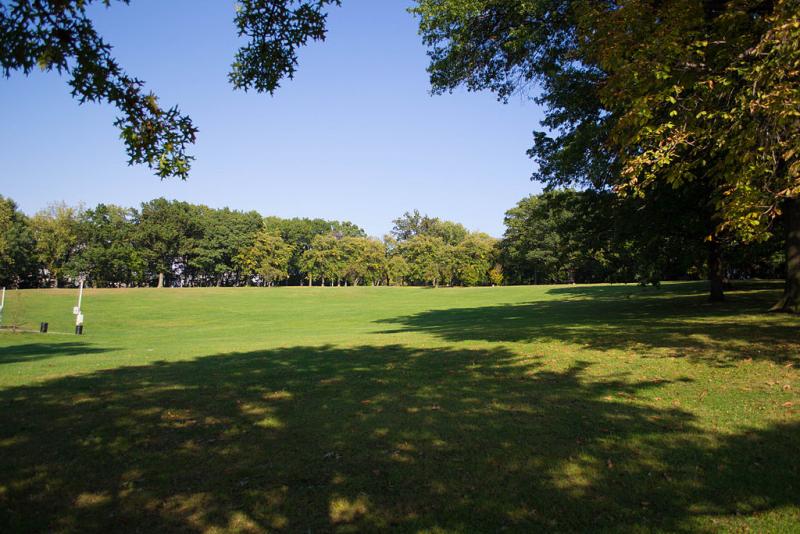
If you’re in town for Memorial Day weekend — and if it isn’t thundering — join me for one or both of these events in Schenley Park on Sunday, May 27, 2018:
- 8:30am: Schenley Park Bird and Nature Walk. Meet at the Schenley Park Cafe and Visitor Center.
- 11:00am: Pitt Peregrine Fledge Watch. Meet at the Schenley Plaza tent.
Parking is FREE on Sundays.
Note! The 10-day weather forecast calls for thunderstorms on May 27 but that could change. If it’s storming these outings will be canceled. I don’t do lightning.
Schenley Park Bird and Nature Walk, May 27, 8:30a – 10:30a.
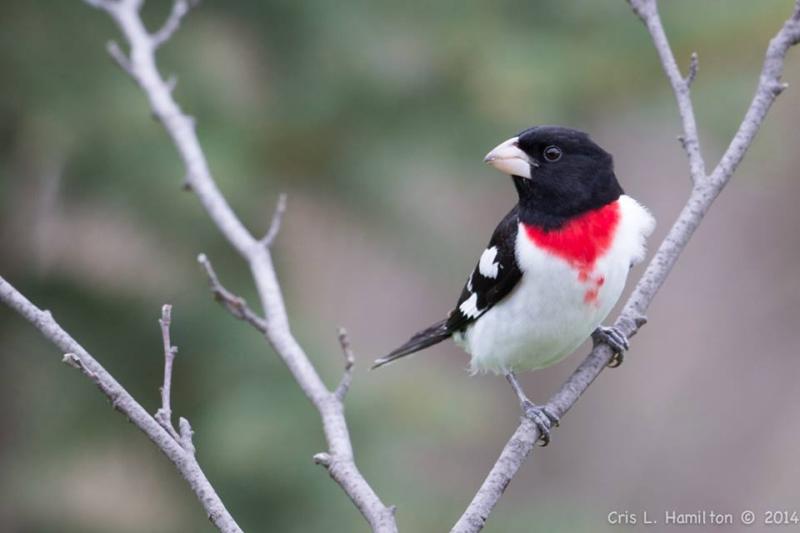
Join me for a bird & nature walk in Schenley Park on Sunday, May 27, 8:30a – 10:30a.
We’ll meet me at the Schenley Park Cafe and Visitor Center to see what’s popping in the park since our birdless walk in April. Dress for the weather and wear comfortable walking shoes. Bring binoculars and field guides if you have them.
Rose-breasted grosbeaks nest in Schenley Park. Will we see one? I hope so!
Click here for more information and in case of cancellation.
… and then …
As soon as the bird walk is over, I’ll adjourn to Schenley Plaza to look for peregrines. (I will start the watch immediately when I get there. The 11a start time insures that peregrine fans will find me even if our bird walk runs late.)
Pitt Peregrine Fledge Watch, May 27, 11a – 1p.
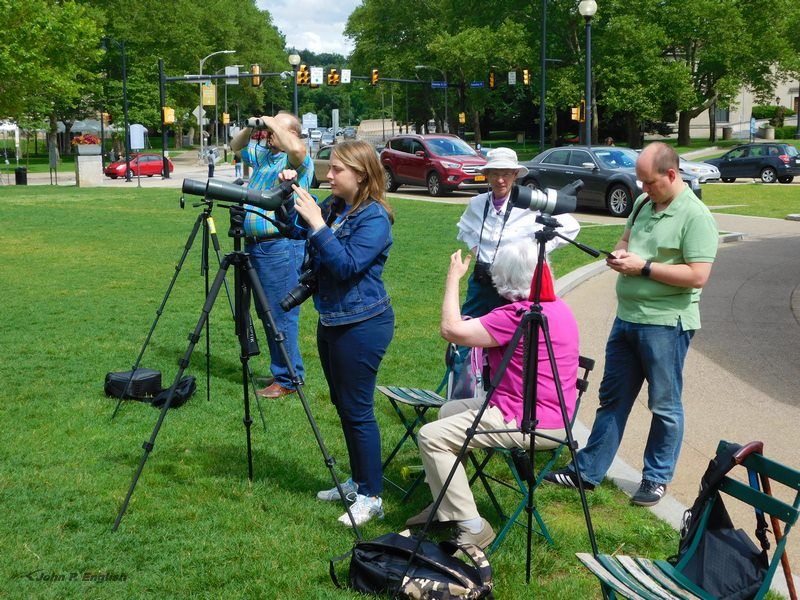
When will the Pitt peregrine chicks fly from the Cathedral of Learning? I don’t know but I’m sure they’ll be fun to watch on Memorial Day weekend.
Join me at the Schenley Plaza tent on Sunday May 27 11a – 1p for a Pitt Peregrine Fledge Watch. We’ll swap peregrine stories and get close-up looks at the peregrines through my scope.

Click here for a Google map of Schenley Plaza. Don’t forget to check the Events page for last minute updates before you come. Fledge Watch will be canceled if it’s raining or thundering.
p.s. A complete Pitt Peregrine Fledge Watch schedule will be posted later this week. This year it’s harder than usual to predict when these birds will fly!
(photo of a rose-breasted grosbeak by Cris Hamilton, photo of Pitt Peregrine Fledge Watch 2017 by John English, photo of the Schenley Plaza tent photo by Kate St. John)
